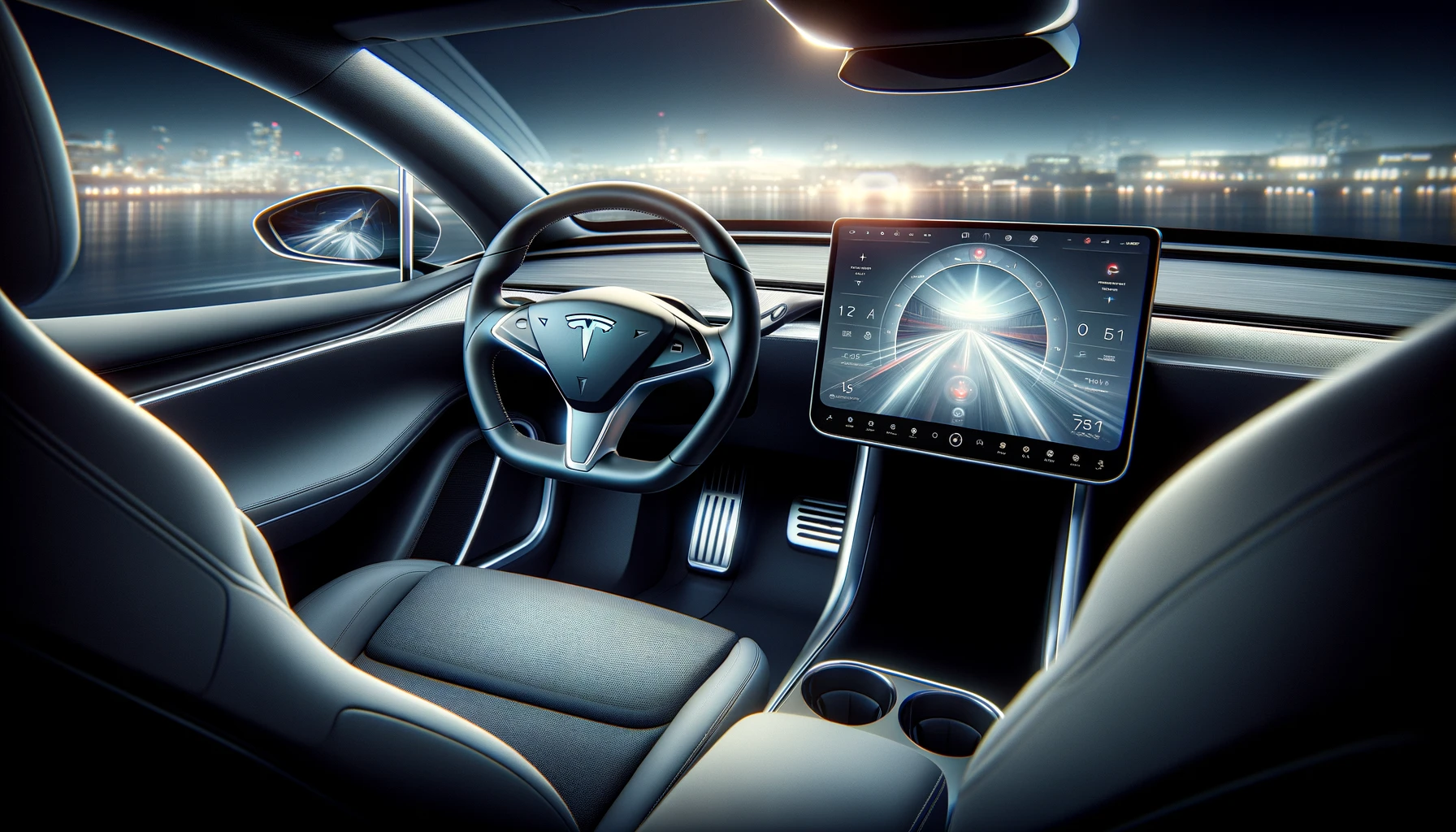In a significant development, Tesla has settled a legal dispute over a fatal accident involving its Autopilot system, averting a courtroom battle. The case, stemming from a 2018 incident in which an Apple engineer lost his life while using Autopilot, has been a focal point for discussions on the safety and capabilities of semi-autonomous driving technology. While the settlement terms remain confidential, this resolution comes as a crucial moment for Tesla, facing scrutiny over the promises and performance of its Autopilot system.
Since the advent of Tesla’s Autopilot, there has been ongoing debate and concern over the reliability and safety of autonomous driving systems. Incidents involving Tesla vehicles have made headlines, prompting investigations and raising questions about the technology’s readiness and the potential for overreliance by drivers. The 2018 accident, in particular, drew significant attention after the National Transportation Safety Board (NTSB) suggested that both driver distraction and Autopilot limitations played a role in the fatal crash. Concerns have risen regarding the way Tesla markets Autopilot’s capabilities versus user expectations and actual vehicle performance under varying conditions.
Accident Details and Legal Proceedings
The 2018 accident took the life of Walter Huang, who was driving his Tesla Model X when it collided with a highway barrier at high speed. Investigations revealed that Huang was likely distracted by a mobile game just before the crash. Despite these findings, Tesla’s defense highlighted Huang’s “extraordinary misuse” of the vehicle and Autopilot features, pointing to data indicating his hands were not on the wheel for a significant portion of the drive. In contrast, Huang’s family argued that he had placed considerable trust in the car’s advertised safety, believing it to be more reliable than human driving.
The NTSB’s Findings and Tesla’s Claims
The NTSB’s report noted that the limitations of the Autopilot system were partly to blame for the accident, a finding that complicated Tesla’s position. However, Tesla has consistently promoted Autopilot’s benefits in enhancing driver safety and convenience when used correctly. The company emphasizes the need for drivers to maintain control and responsibility for their vehicles at all times, with clear reminders to keep hands on the wheel whenever Autopilot is engaged.
Public and Legal Scrutiny
Amid scrutiny, Tesla has faced criticism over its marketing strategy for Autopilot, with some accusing the company of overstating the system’s capabilities. The lawsuit further claimed that the system failed to detect barriers in certain merging scenarios, leading to the accidental lane exit that resulted in Huang’s death. Legal experts had anticipated arguments scrutinizing CEO Elon Musk’s assertive promotion of the technology’s superiority over human drivers.
Engadget’s article “Tesla’s Autopilot Could Save the Lives of Drivers, But Will It?” and Wired’s “The Confusing Role of Autopilot in the Future of Driving” explore similar issues surrounding the trust and safety of Autopilot systems. Engadget delves into potential life-saving benefits and the ethical dilemmas posed by semi-autonomous vehicles, while Wired examines the implications of driver reliance on technology that may not be fully autonomous.
Useful Information
- Tesla’s Autopilot requires active driver supervision at all times.
- System limitations can contribute to accidents if not properly monitored.
- Marketing strategies for semi-autonomous features may influence user perceptions and behaviors.
The settlement between Tesla and Walter Huang’s family closes a chapter in the ongoing narrative of semi-autonomous vehicle safety. As Tesla continues to refine its Autopilot system, the incident serves as a vital reminder of the need for clear communication between automakers and consumers regarding technological capabilities and limitations. As semi-autonomous vehicles become more prevalent, drivers must understand their role in maintaining safety, ensuring that reliance on assistance systems does not compromise vigilance on the road.










